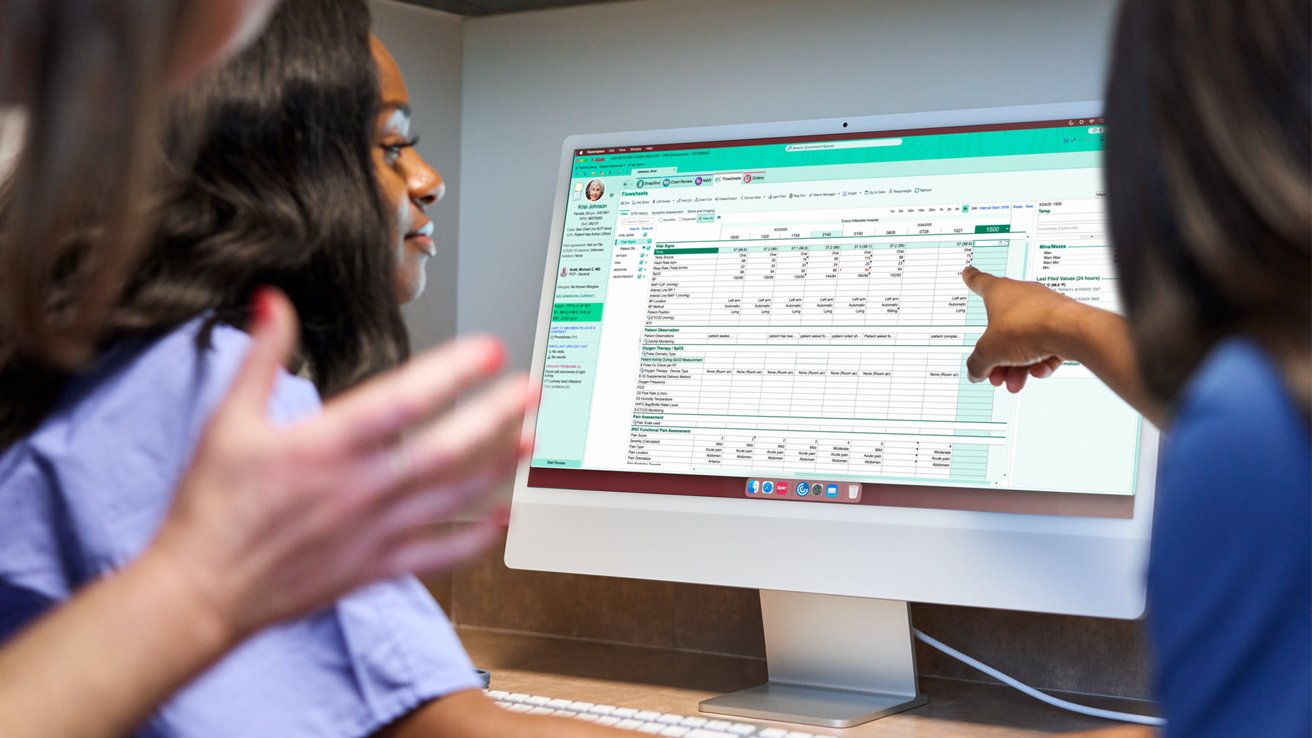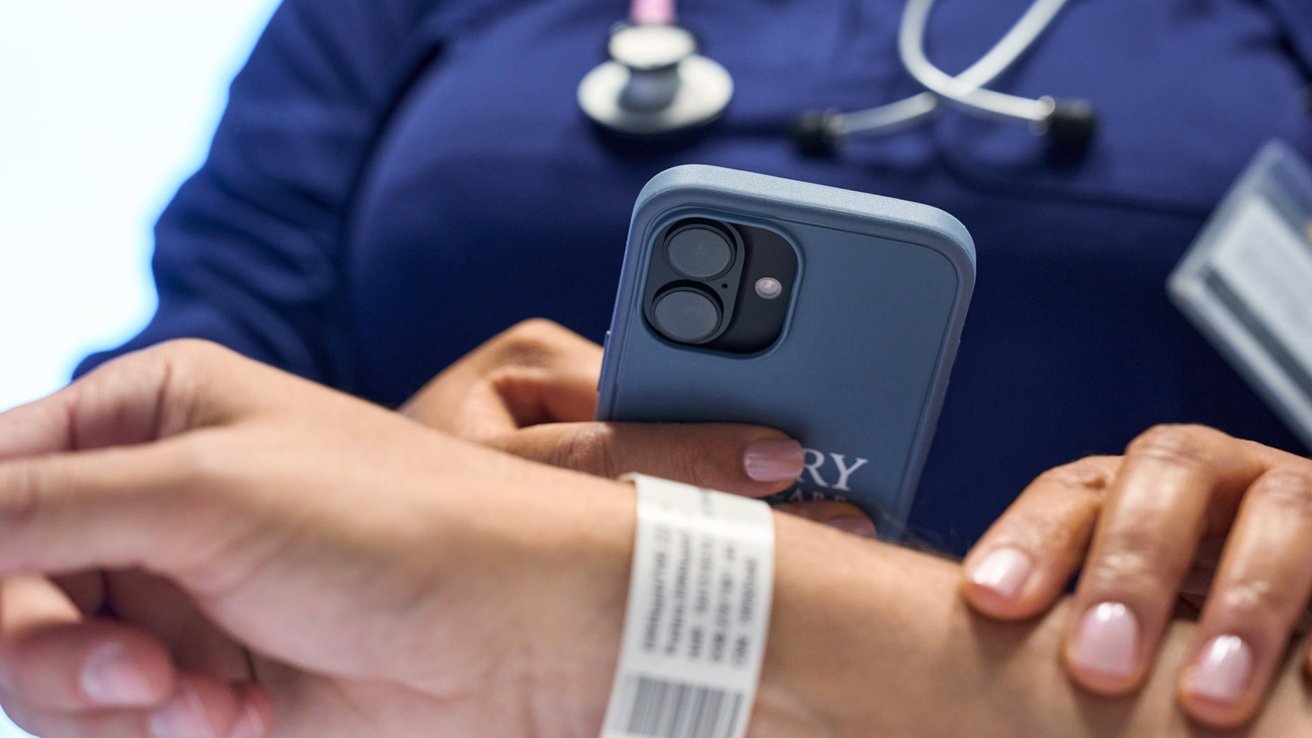Image Credit: Apple, Emory Healthcare

One Georgia hospital is trading PCs for Apple gear — and transforming patient care in the process.
Healthcare has long been dominated by PCs, largely because most clinical software has been developed for — or better supported on — Windows. However, that is beginning to shift as Apple gains traction in medical settings.
Hospitals, clinics, and doctors offices are are beginning to see the utility of Apple products. They’re intuitive to use, highly portable, and great for collaboration — and it doesn’t hurt that many patients are comfortable with an iPad, either.
That’s precisely why one hospital has gone all-in on Apple.
At Emory Hillandale Hospital in Lithonia, Georgia, you’ll see Apple’s influence wherever you go. Nurses’ stations are outfitted with iMacs and Mac minis, iPads replace charts outside patients’ rooms, and every physician’s wrists is adorned with an Apple Watch.
Even iPhone plays a role at Emory; every nurse and physician is issued their own iPhone to help stay connected. It allows care teams to scan patients’ hospital ID bracelets to update patient charts, look up medication schedules, and set up notifications for critical alerts.
A big part of this is because of Epic. That is, Epic Systems, the healthcare software company, and not Epic Games.
Epic Systems is an American healthcare software system based in Verona, Wisconsin. Its proprietary software, referred to as “Epic,” reaches far outside of America’s dairyland.
Chances are, if you’ve been to the hospital in the last few years, your medical records got entered into Epic. As of 2022, Epic holds the medical records for nearly 80% of patients in the US.
If you’ve ever had to use MyChart to request a prescription refill or attend a virtual doctor’s appointment — that’s an Epic thing, too.
Epic was, at one point, primarily a Windows-based solution. That changed in March 2024, when Epic finally launched on the Mac App Store, making it a viable tool for doctors who preferred Mac.
Before going all-in, Emory ran a pilot program at Emory Saint Joseph’s Hospital, where Apple devices were shared among nurses and clinicians. The results spoke for themselves: care team satisfaction soared, and nurse retention stayed strong.

Scanning a patient’s ID bracelet with iPhone | Image Credit: Apple, Emory Healthcare
Emory Hillandale Hospital is a bit smaller than the average U.S. hospital. It has 100 staffed beds, while the national average hovers around 130.
That makes it the ideal testing ground for the long-term viability of Apple devices in the healthcare system. It’s not so large that it’s difficult to manage staff and patient feedback, but is still large enough to provide rigorous testing.
So far, Emory Hillandale Hospital has been immensely satisfied with the switch. Hardly surprising, considering hospital staff had been asking to use Apple devices before the rollout.
“I can stay up to date with my patients in a way that wasn’t possible before,” says Rashida La Barrie, MD, a hospitalist and medical director of utilization review at Emory Hillandale Hospital.
“Healthcare has historically been slow to adopt technology, which I think is such a mistake. We can use technology to provide better and more efficient care, especially now, for our patients.”
Dr. La Barrie notes the usefulness of switching between her iPhone and Apple Watch to receive notifications about patients. Other staff members have lauded faster login times, ease of use, and less eyestrain thanks to the Retina display of the iMac.
Dr. Narayan at Emory found that using Apple technology with Epic and Abridge for documentation saves him two hours a day compared to legacy systems. These kinds of gains help prevent burnout, which has been a growing problem in hospitals in the past decade.
“We’re not just changing technology, we’re changing a culture,” says Ravi I. Thadhani, MD, MPH, executive vice president for health affairs of Emory University and executive director of Emory’s Woodruff Health Sciences Center.
“Emory Healthcare is redefining both the patient and clinician experiences with a more efficient and intuitive technology-driven process.”
<
